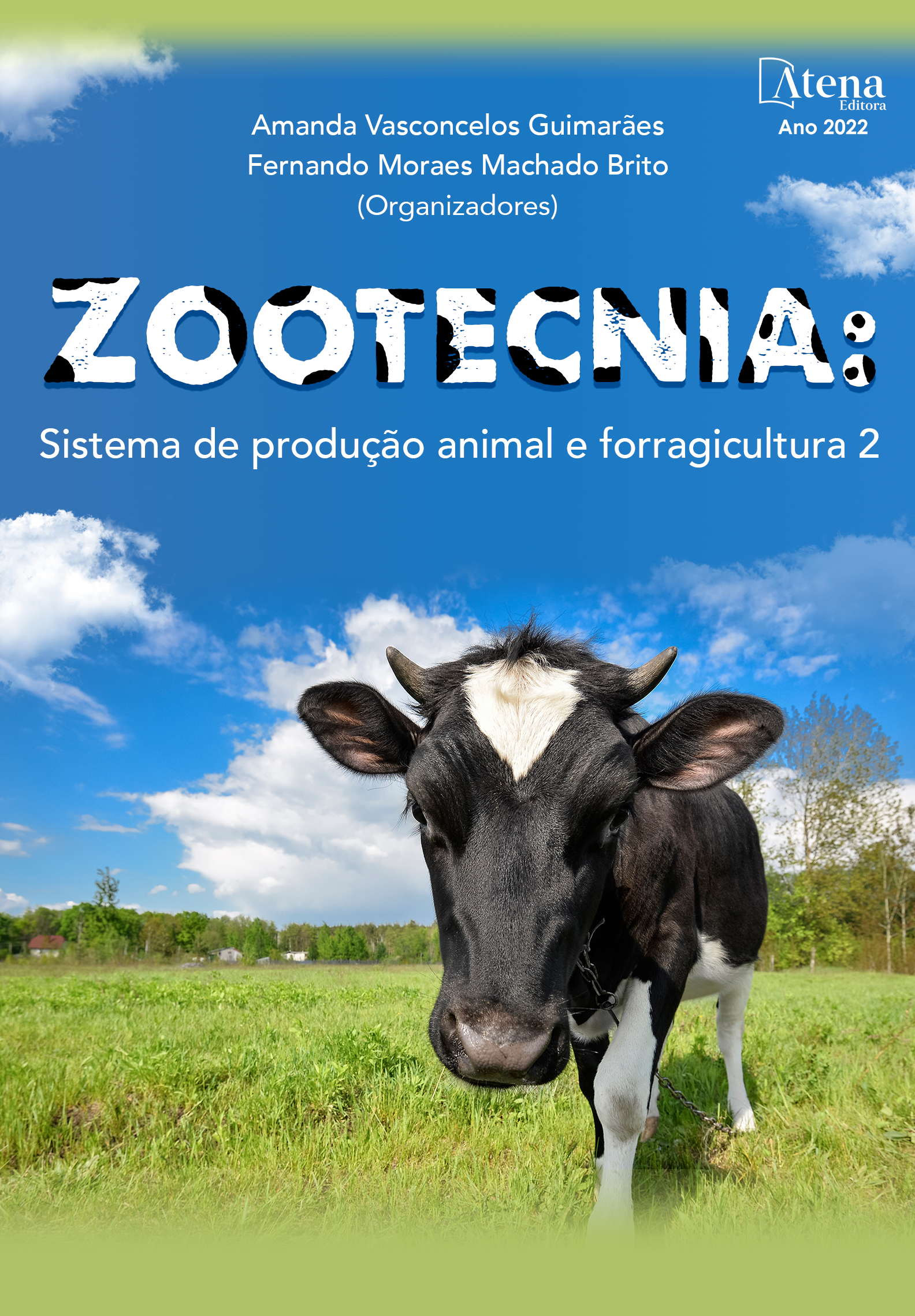
CARACTERÍSTICAS Y RENDIMIENTO DE LA CANAL DE CAPONCITOS CAPRINOS EN UN SISTEMA DE ENGORDE A CORRAL CON DISTINTAS FUENTES PROTEICAS REGIONALES EN LA RACIÓN
El objetivo del trabajo fue evaluar las características y el rendimiento de res de caponcitos caprinos, utilizando como fuentes proteicas dos tipos de poroto descarte y pellet de soja. Se trabajó con 18 machos castrados de 5 meses de edad, con un peso inicial promedio de 17 Kg, los que se asignaron al azar a tres tratamientos, durante 120 días. Las mediciones de las ganancias de peso, características de la canal se determinaron de manera individual para evaluar si existían diferencias de acuerdo a la ración. Una vez finalizado el período de muestreo de 120 días se procedió a la faena de los animales para medir las características y rendimiento de la canal. Se encontró diferencias significativas en algunas de las variables medidas en las características de la canal, mientras que no hubo diferencia en los valores de rendimiento de la misma. Todos los valores encontrados estuvieron dentro de las medias esperadas para esta categoría, con la posibilidad de una buena comercialización de las mismas.
CARACTERÍSTICAS Y RENDIMIENTO DE LA CANAL DE CAPONCITOS CAPRINOS EN UN SISTEMA DE ENGORDE A CORRAL CON DISTINTAS FUENTES PROTEICAS REGIONALES EN LA RACIÓN
-
DOI: 10.22533/at.ed.7592203056
-
Palavras-chave: caprinos, rendimiento y composición de canal
-
Keywords: goats, yield and channel composition
-
Abstract:
Characteristics and yield carcass of Anglo Nubian young castrated male were evaluated, comparing the inclusion of two types of Phaselus vulgaris and soya pellet. The animals were randomly distributed in six pens and three treatments of 18 animals each, with a initial mean weight of 17,4 ± 1,3 kg . In all, 0.820 g / day / oats hay animal was given as fibrous forage ,while the supplement varied: T1: white bean 0.360 g / day / animal + corn grain 0.240 g / day / animal; T2: black Bean 0.280 g / day / animal + corn grain 0.250 g / day / animal; T3: soybean pellet 0,180 g / day / animal + corn grain 0,250 g / day / animal. The trial had a period of 14 days of habituation and 120 days of sampling. Once of last was completed, all the animals were slaughtered to measure the characteristics and performance of the carcass, to assess whether there were differences according to treatments in each. Significant differences were found in the variables weight of hot and cold carcass, while the rest was similar. No significant differences were found in any of the variables evaluated in terms of performance of carcass, showing the same within the reference values for that category 43% to 57% with the possibility of a very good commercialization.
-
Número de páginas: 7
- Chagra Dib, Elsa Patricia
- Leguiza, Hector Daniel
- Cabrera, Carlos Gustavo
- Romero, Graciela
- Rivera, Hector Luís
- Fernández Madero, Julieta
- Sleiman, Mónica Daniela
- Malvina Tolaba
- Tomas Anibal Vera


